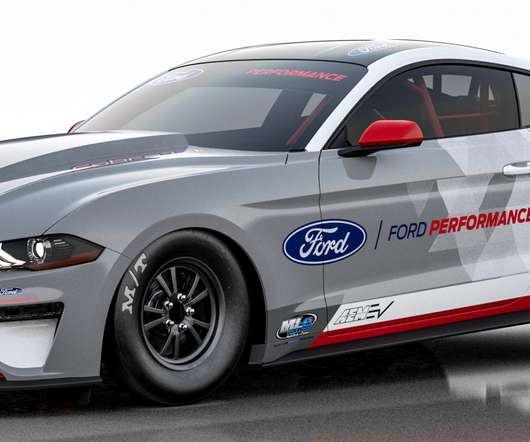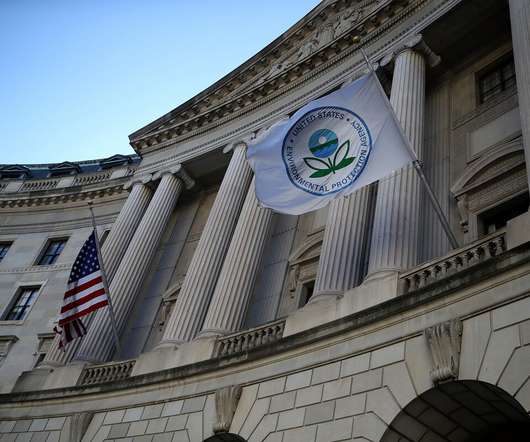US EIA Reports Record-setting 7% Overall Decline in US Carbon Dioxide Emissions in 2009; Transport Emissions Down 4.1%, Lowest Percentage Reduction of the End-UseSectors
Green Car Congress
MAY 6, 2010
In 2009, energy-related carbon dioxide emissions in the United States saw their largest absolute and percentage annual decline (405 million metric tons or 7.0%) since the start of US Energy Information Administration’s (EIA) comprehensive record of annual energy data that begins in 1949. Source: EIA. Click to enlarge. between 2008 and 2009.































Let's personalize your content